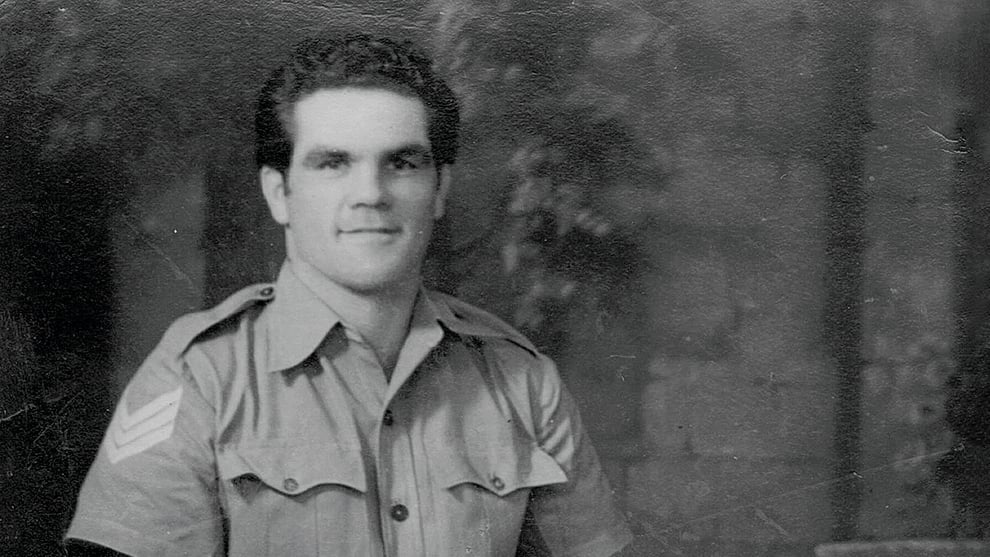By Miles Templeton
IT IS hard to believe now, but in 1942 a contest took place for the British and Empire light-heavyweight titles where both boxers, the referee and the promoter were all serving members of the Royal Air Force. Of course, there was a war on, but many boxers were in reserved occupations and therefore were exempt from service, and the majority of those who did sign up were with the Army or the Navy.
Pilot Officer Len Harvey had defended his title successfully against Jock McAvoy in the summer of 1939 and the day after war broke out, in September 1939, he enlisted in the RAF. As well as being the champion at light-heavyweight he was also the British heavyweight champion, having beaten Eddie Phillips at Harringay in 1938.
Sergeant Freddie Mills joined the RAF in early 1940 after having blazed a trail through the leading British middles and light-heavies. Freddie was able to continue his professional boxing career throughout the period between 1940 and 1942, when he took part in 18 contests, winning 16, because many of the shows that he boxed upon were in support of the war effort. Harvey, on the other hand, had not fought for three years when he crossed gloves with Mills in June 1942.
When war was declared the Government prohibited the general population from gathering together in large crowds, fearful of what sort of a target that might make for the Luftwaffe. Consequently, the number of boxing promotions, especially large ones, reduced dramatically. After the RAF had won the battle of Britain in 1940 and had put a halt to worst of the blitz by the end of 1941, these rules were relaxed a little.
John Muldoon, a serving aircraftsman himself, had been promoting shows at the Royal Albert Hall and he was encouraged to approach the two fighters to see if they could agree terms for a contest to take place at White Hart Lane, the home of Tottenham Hotspur. Harvey readily agreed, provided that the tournament benefitted the Red Cross Fund and Mills, who would have fought anyone, anywhere, was more than happy with the opportunity.
Mills was awarded two weeks’ leave from his unit to prepare for the bout and trained at the appropriately named Airman Hotel in Feltham. He was a real tearaway in the ring and his style could best be described as ‘hit and be hit’. He would happily take two good shots to land three. Harvey was much more of a stylist and at 35 years old, had seen his best days. Throughout the 1930s he had a reputation as an elegant, stand-up boxer with a fine left hand. He originally competed for the British welterweight title back in 1926, when Mills was only six years old, drawing with Alex Ireland. He then won British titles at three weights, middle, light-heavy and heavy. Everyone in the country knew him by name as he was probably the most famous boxer around. Unfortunately, Len found it harder to obtain leave and he was relatively ill-prepared for the bout.
The referee for the contest was Eugene Henderson, an RAF Sergeant, a very experienced third man, and an ex-fighter himself. When he called the two men together for the first round there were around 42,000 packed around the ground, representing the largest attendance for a wartime bout in Britain. Mills wasted no time, ripping into Harvey from the off and old Len was struggling to keep him at bay. In the second round, Mills succeeded in landing a left hook that decked his man for a count of nine and then a huge uppercut that knocked Harvey out of the small ring altogether. He failed to return in time and Mills became the champion. Harvey never fought again and remained in the RAF until 1946, as did Mills, who went on to become world champion in 1948.
Len Harvey
